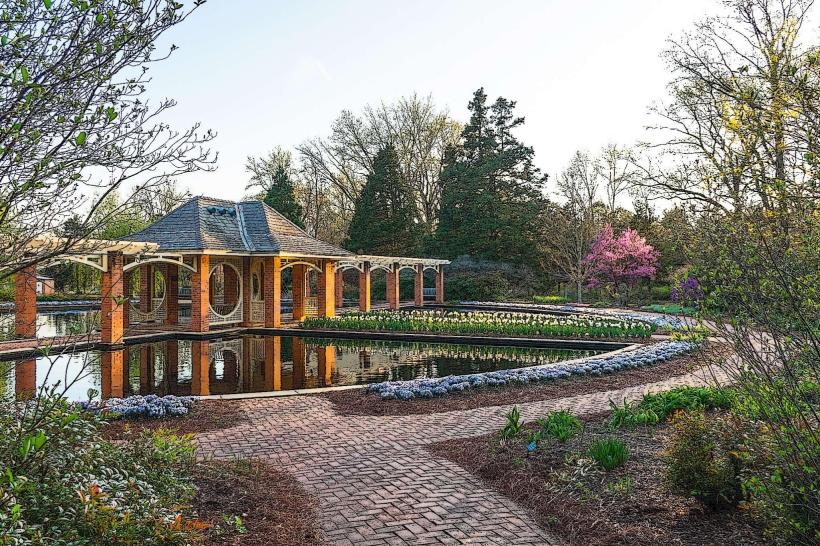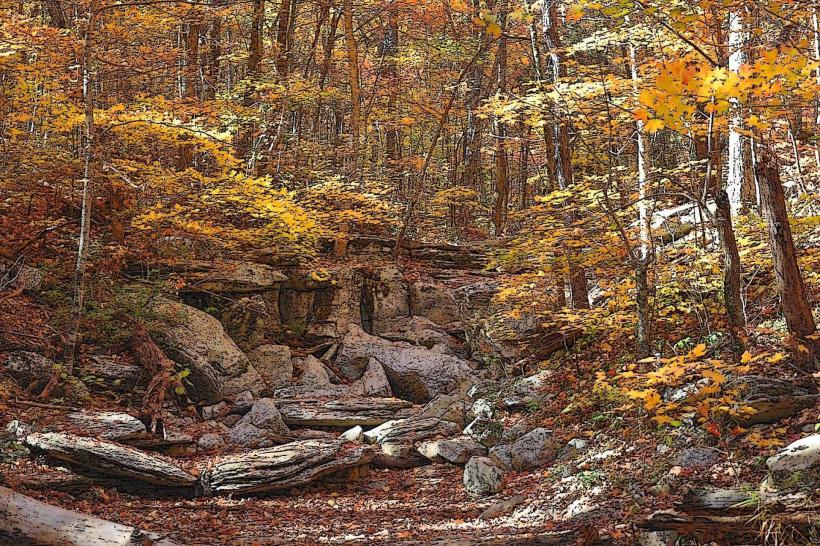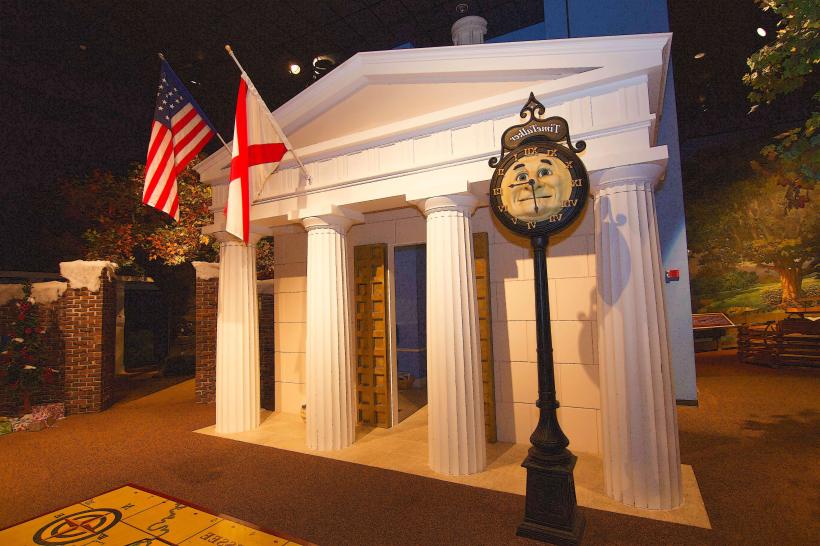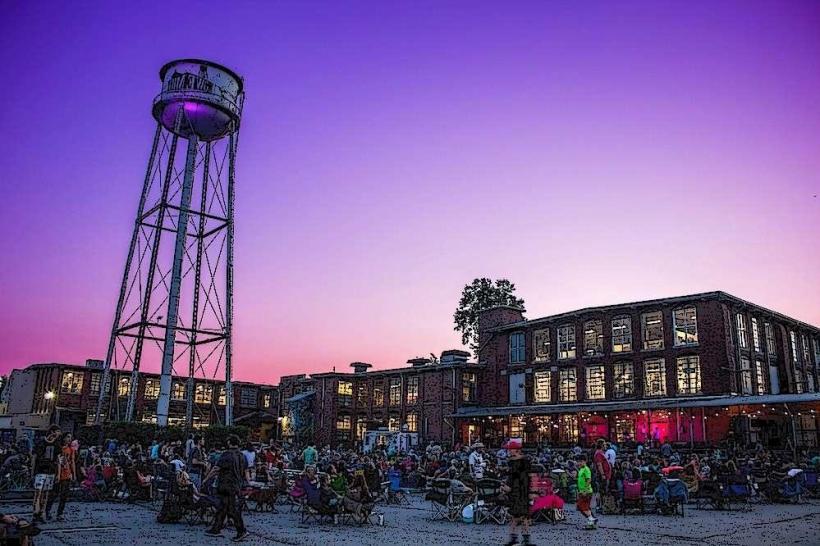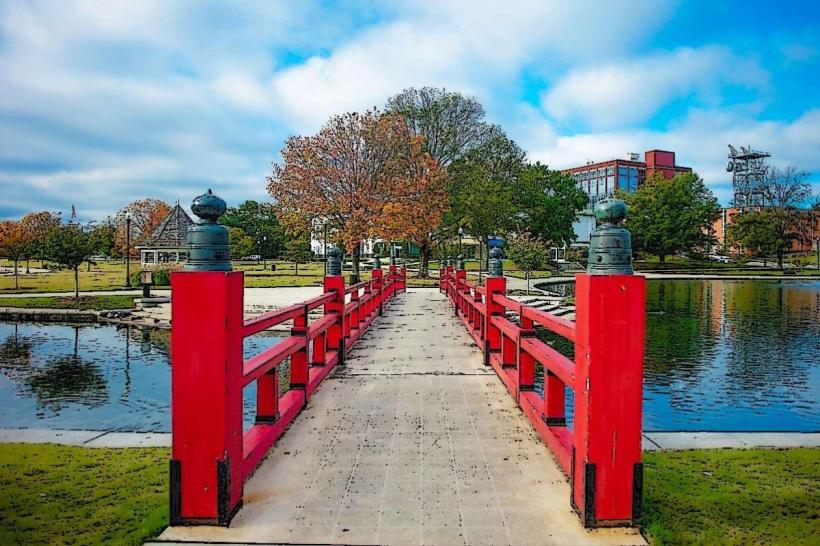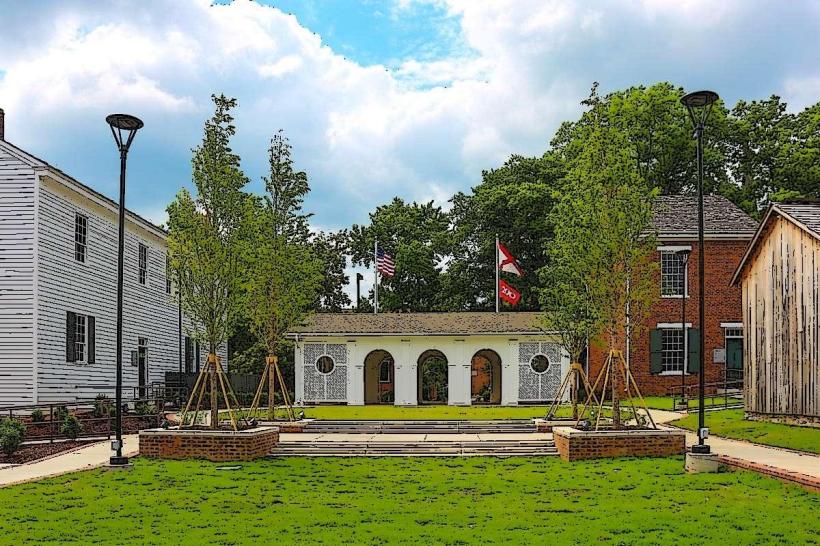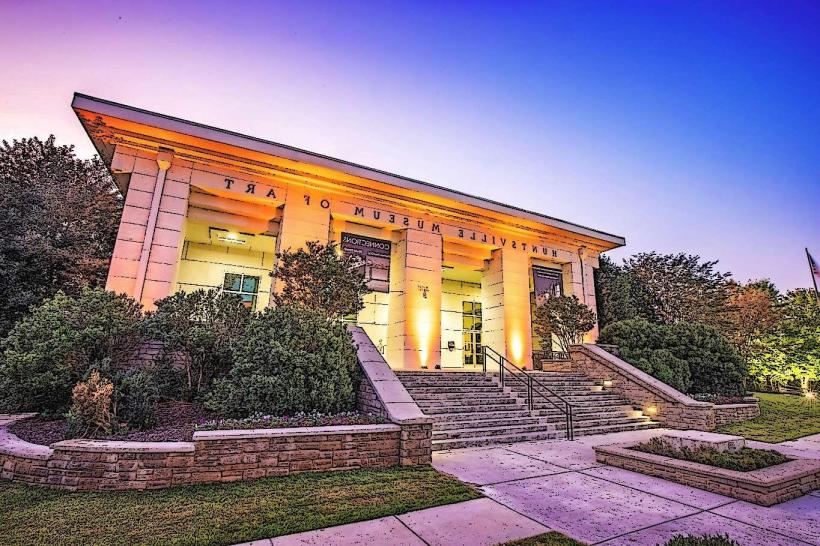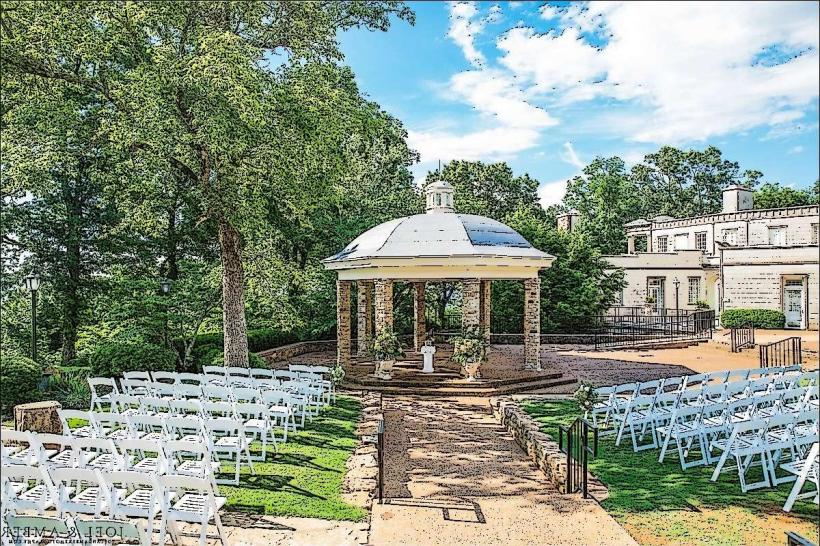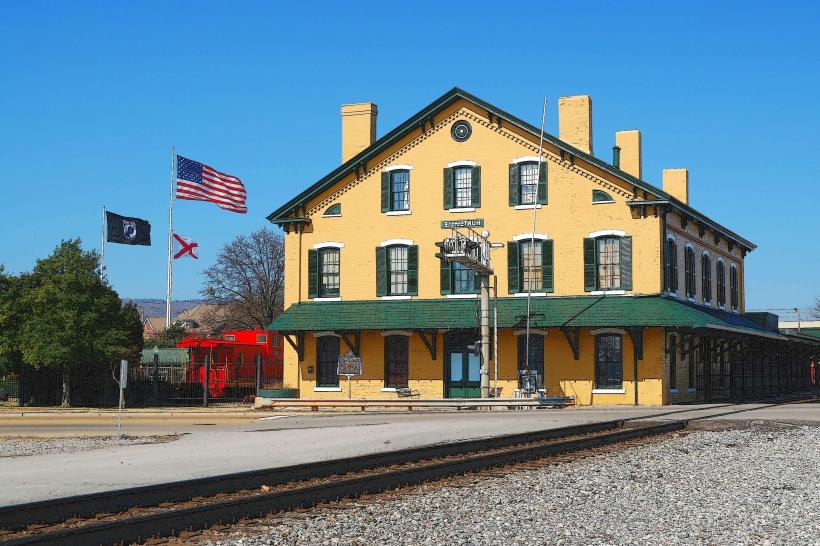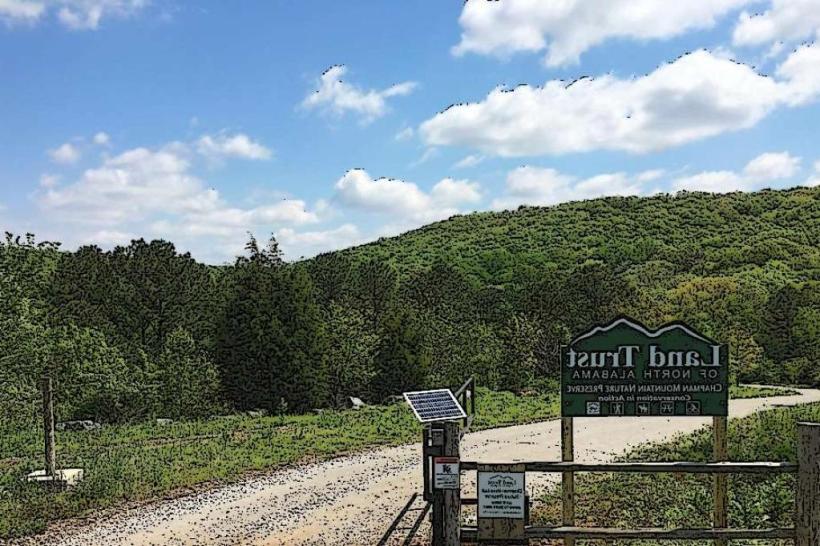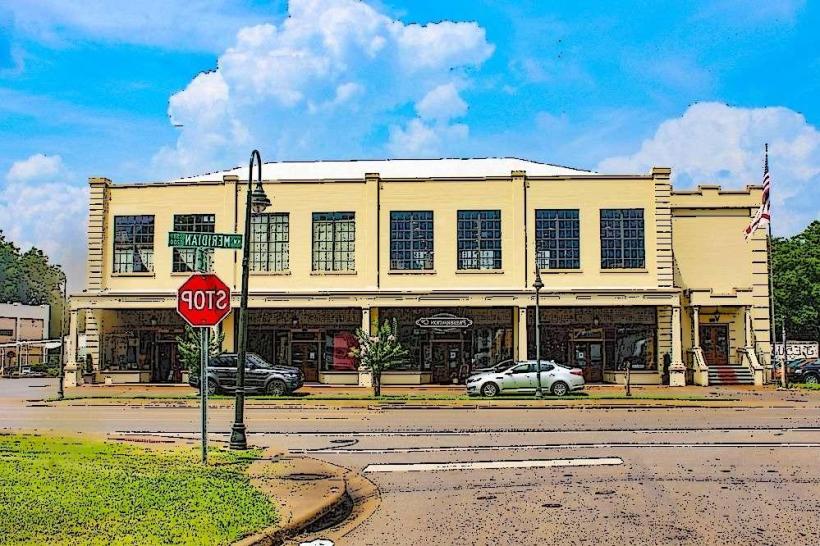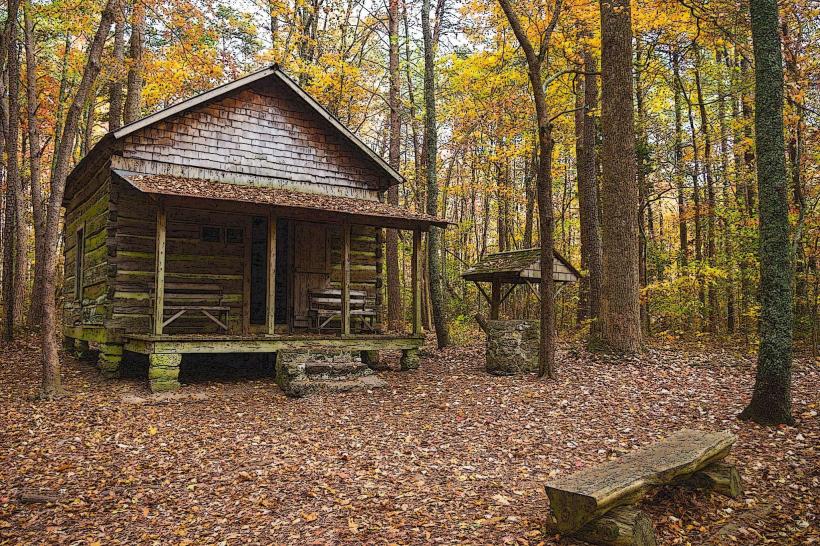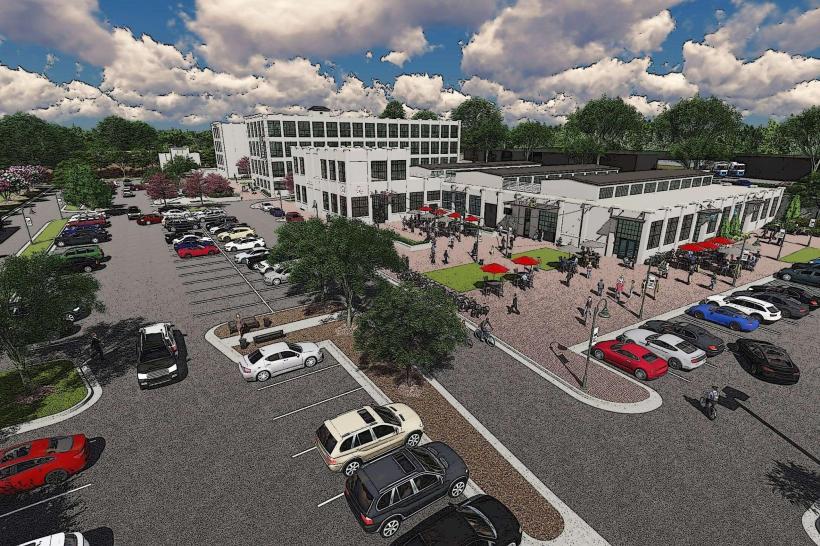Information
Landmark: Twickenham Historic DistrictCity: Huntsville
Country: USA Alabama
Continent: North America
Twickenham Historic District, Huntsville, USA Alabama, North America
Twickenham Historic District, located in downtown Huntsville, Alabama, is the city’s oldest historic neighborhood and a premier example of 19th-century Southern architecture. Established in the late 18th and early 19th centuries, the district reflects Huntsville’s development as an early political, commercial, and cultural center of Alabama. It is listed on the National Register of Historic Places, emphasizing its historical and architectural significance.
Historical Significance
Twickenham was the original name of Huntsville when early settlers established the town in the early 1800s. The district’s development coincided with Alabama’s admission to the Union in 1819, and it became home to many of the city’s early political leaders, businessmen, and prominent families. Its preservation provides insight into the social, economic, and cultural life of Huntsville’s early residents.
Architectural Features
The Twickenham Historic District is celebrated for its wide array of architectural styles, with more than 200 homes and structures dating from the early 19th century through the early 20th century. Key architectural highlights include:
Federal Style: Characterized by symmetrical facades, elegant proportions, and refined decorative details; common in the earliest homes of the district.
Greek Revival: Dominant in mid-19th-century residences, featuring grand columns, pediments, and elaborate entryways.
Victorian Styles: Including Italianate, Queen Anne, and Gothic Revival, reflecting the district’s later development and the influence of industrial prosperity.
Historic Churches and Public Buildings: Examples of civic architecture that played central roles in community life, including early schools and religious institutions.
Layout and Streetscape
The district is centered around Twickenham Boulevard, Gates Avenue, and Clinton Avenue, with tree-lined streets, historic brick sidewalks, and period-appropriate street lighting. The streetscape retains its 19th-century character, creating a cohesive and visually striking historic environment. Many homes are set on spacious lots with mature trees, gardens, and period landscaping.
Cultural and Community Importance
Twickenham Historic District serves as a living reminder of Huntsville’s early history and cultural heritage:
Preservation and Education: The district is a focus for historic preservation efforts, with many homes restored to reflect their original appearance. Walking tours and guided tours provide educational opportunities for residents and visitors.
Community Events: Seasonal festivals, historic home tours, and neighborhood celebrations encourage public engagement and foster appreciation of Huntsville’s heritage.
Private Residences and Adaptive Reuse: While primarily residential, some historic structures have been adapted for commercial or cultural use, including offices, galleries, and bed-and-breakfasts, blending modern utility with historical preservation.
Visiting Information
Accessibility: The district is publicly accessible for walking tours and exploration. Some homes may be private residences, so visitors should respect property boundaries.
Walking Tours: Self-guided maps and organized tours are available, highlighting notable homes, architectural details, and historical anecdotes.
Significance: Twickenham Historic District provides a tangible connection to Huntsville’s early settlement and growth, offering insights into 19th-century life, architecture, and urban planning in northern Alabama.
Twickenham Historic District remains a key cultural and historical asset for Huntsville, preserving the city’s architectural legacy and offering residents and visitors an immersive experience in early Alabama history. Its combination of historic homes, public buildings, and streetscapes makes it one of the most visually and historically significant neighborhoods in the region.

